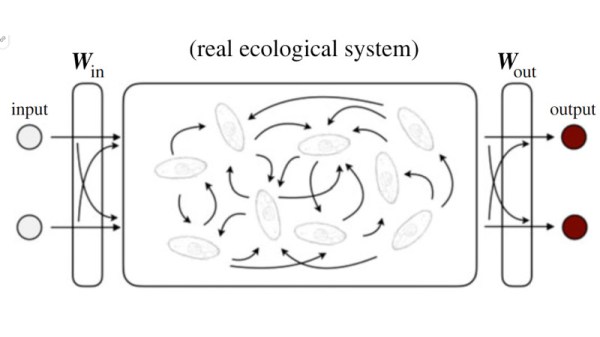So-called neuromorphic computing involves the use of physical artificial neurons to do computing in a way that is inspired by the human brain. With photonic neuromorphic computing these artificial neurons generally use laser sources and structures such as micro-ring resonators and resonant tunneling diodes to inject photons and modulate them akin to biological neurons.

One limitation of photonic artificial neurons was that these have a binary response and a refractory period, making them unlike the more versatile graded neurons. This has now been addressed by [Yikun Nie] et al. with their research published in Optica.
The main advantage of graded neurons is that they are capable of analog graded responses, combined with no refractory period in which the neuron is unresponsive. For the photonic version, a quantum dot (QD) based gain section was constructed, with the input pulses determining the (analog) output.
Multiple of these neurons were then combined on a single die, for use in a reservoir computing configuration. This was used with a range of tests, including arrhythmia detection (98% accuracy) and handwriting classification (92% accuracy). By having the lasers integrated and the input pulses being electrical in nature, this should make it quite low-power, as well as fast, featuring 100 GHz QD lasers.












